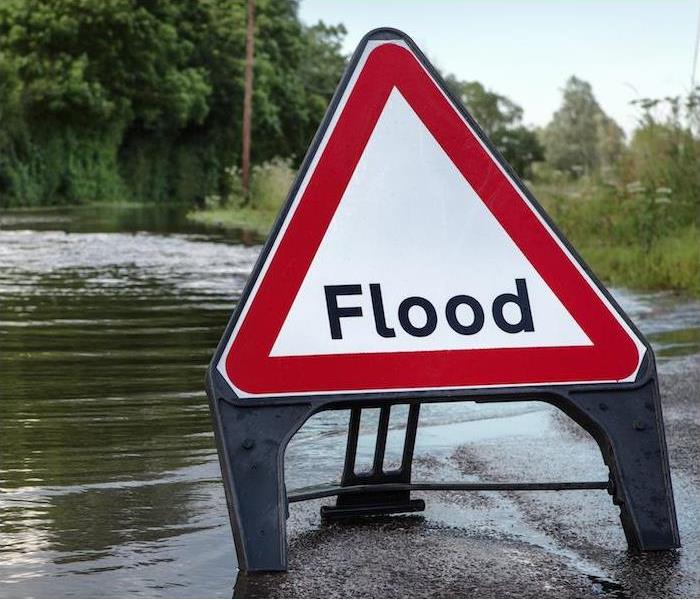The Most Common Types & Causes of Flooding | SERVPRO® of Jackson/SE Ingham County
5/26/2022 (Permalink)
 Regardless of the cause of the flooding, SERVPRO of Jackson/SE Ingham County has the team to help you recover from any disastrous event.
Regardless of the cause of the flooding, SERVPRO of Jackson/SE Ingham County has the team to help you recover from any disastrous event.
Flooding is the most widespread natural disaster, claiming more lives each year in the United States than hurricanes, tornadoes or lightning. It can have an impact on anything from individual houses whose property gathers surplus water to whole towns and cities.
Flooding affects all 50 states and every U.S. territory, although there are commonalities in their varieties and causes. There are three forms of floods, and they generally occur because of four different causes.
Flash floods commonly occur when heavy rain passes or sits over a region and overwhelms the ground’s capacity to hold the moisture. Excess water rushes off, carrying anything with it from trash, automobiles and other debris with it.
River flooding is precisely what it sounds like. When a river’s banks are unable to retain the surplus water, the water spills over the brink, causing the areas around the river to be flooded, often causing significant damage.
Coastal floods occur when storm surges or cyclonic activity force ocean or gulf levels to rise to flood levels in places near significant bodies of water.
Heavy rainfall. Excessive rainfall from storms, or storms that sit and linger over a region for a lengthy period of time, may generate flash floods or river flooding. Rain floods are more likely in urban areas because of the increased proportion of concrete and asphalt, which means there isn’t enough soil to absorb all that water. Over the next 30 years, over 3,000 properties in Lansing have a higher than a 25% probability of being severely impacted by floods. This equates to 7% of all homes in the city. Flooding may create a whole host of problems for Lansing citizens, including disruptions to utilities, first responder services, transportation and highways, all of which have a negative influence on the area’s economic well-being.
Oceanic activity. Storm surges, hurricanes and high tides can cause water levels to increase in waves, which can wreak havoc on coastal cities.
Dams and levees failing. The most recent example would be the tragic levee breakdowns during Hurricane Katrina in 2005. When fractures form in levees or dams, or when excess pressure exceeds the dam’s capacity to control the surge of water behind it, the structures break.
Snowmelts and ice dams.. Snow and ice may accumulate over the course of a winter in areas of the nation where heavy snow and extended freezing temperatures are prevalent, and when they begin to melt, they produce rivers of water to pour through nearby cities. Ice dams, also known as ice jams, occur when rivers get blocked by built-up ice transported downstream, forcing the banks to overflow.
Regardless of the cause of the flooding, SERVPRO has the tools and teams to help your home or business recover from its disastrous effects. Contact us anytime when flooding or water damage makes a mess in your life.


 24/7 Emergency Service
24/7 Emergency Service